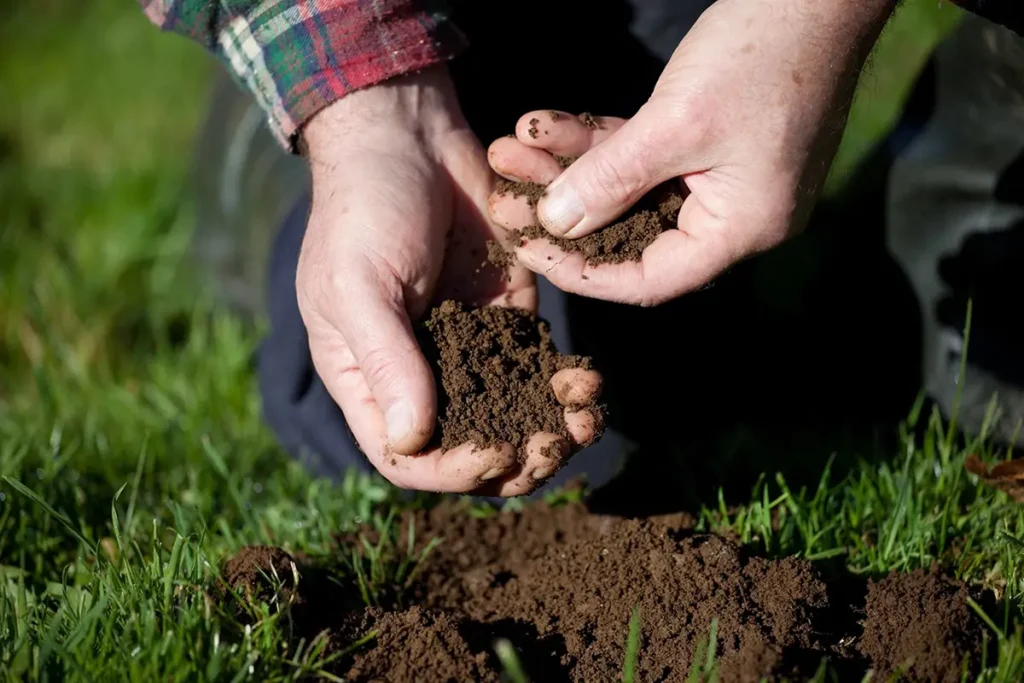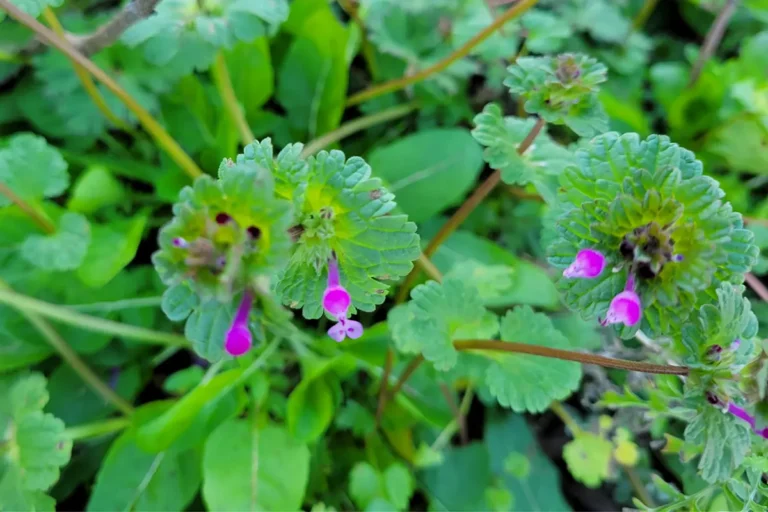A noted French theologian once said that “man is the living layer of earth.” He was referring to the spiritual realm, I’m sure. Because there is another “living layer of earth” right below our feet – the soil.
That’s because good soil is alive with millions, billions, trillions – countless mega trillions of living creatures which are born, live, procreate and die every second. A teaspoon of good soil would contain millions of living creatures, while a shovel-full would hold billions. An acre would contain more living organisms than there are starts in our galaxy… perhaps in the entire universe.
These organisms are part of the complex nature of soil – which is different from “dirt.” I’ll call good soil simply soil in the rest of this article.
There is a difference between soil and DIRT. The tiny grains of minerals – worn down for millennia from high mountain peaks, by wind, rain and sun, are what we call dirt. They are packed with minerals. But plants cannot take the minerals they need directly from the soil. Instead, the soil must be innoculated with microbes. The best way to inoculate the soil is with good, natural compost. The compost should be teeming with microbes. These microbes – bacteria, single-celled animals, and fungi begin to colonize, and extract minerals from the soil in a way that plants can use.
Picture yourself in a forest. A tree sheds its leaves. Those leaves, now on the ground, begin to decompose. It’s not a process that just happens. The organic compounds in the leaves are being consumed by living microscopic creatures (and some larger ones).
However, there is a failsafe, which contributes to the soil being enriched. Bacteria in the soil are being consumed by larger single-celled animals, like amoebas and protozoans. And while these cells are dividing, they are being consumed by even larger creatures. Now, while all these microbes and macro-organisms are going through their life cycles, microscopically fine threads of symbiotic fungi are making their way from root to root.
It’s not over yet. Larger creatures – earthworms, pill bugs, beetles and other detritus-eating plants, munch away at the larger pieces of debris that the microbes did not finish consuming. The earthworms are especially adept at this, and they do more. By passing the detritus through their gut, they inoculate the particles with beneficial bacteria, which they then excrete back into the soil. Worms also make vertical tubes, allowing air and water to penetrate the soil.
Spiders, bug-eating beetles, ants, and other predators begin feasting on the earthworms and their helpers, adding their carcasses or depositing it as excretion onto the ground.
Now, even larger creatures come into the soil – like moles and birds. These predators love the other creepy crawlers and provide a useful purpose.
Once you’ve achieved a good population of microbes, fungi and earthworms, you have good soil.
Every time I turn my compost in the spring, a robin perches near me waiting for worms. Since my compost is usually full of worms, except during the coldest days of winter, I don’t mind sharing them with this friendly avian. She waits until I have tossed four or five wriggling ones her way, she daintily picks each one up with her beak until she has all of them captured. Still holding them in her beak, she slams the worms against the crushed granite walkway until she has them dazed enough to her satisfaction. A quick flit to her next in a nearby oak, a couple of minutes there, obviously feeding her chicks and she’s back waiting for a more worm largesse. Occasionally, I’ll find her on top of my compost pile, scratching on her own – which is okay with me. I’ve got plenty of earthworms.



